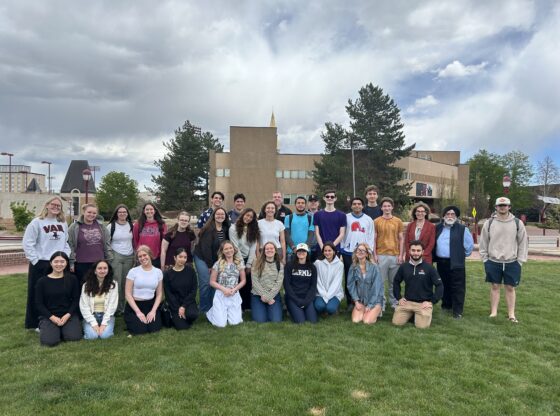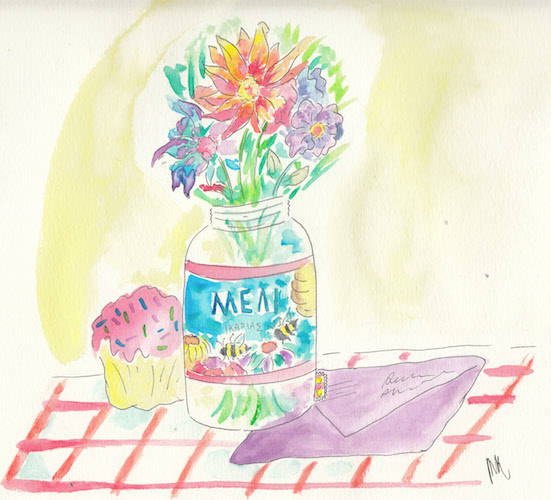Netflix has released what feels like countless original series, this past year. “American Vandal,” the newest Netflix original that premiered on Sept. 15, is not to be lost among the crowd. With a combination of raunchy comedy and innovative film techniques, this satire takes dirty jokes to a new level.
The protagonist, Dylan Maxwell, is expelled after being accused of vandalizing 27 teachers’ cars with explicit drawings. Jimmy Tatro, best known for his Vine and YouTube comedy, brings a candid performance to this role of the prankster high school burnout archetype. Two characters, Peter Maldonado (Tyler Alvarez, “Orange is the New Black”) and Sam Ecklund (Griffin Gluck, “Just Go With It”), create a controversial documentary in an effort to find the truth, a documentary fittingly titled “American Vandal.”
Dylan quickly becomes the anti-hero to root for, and the big question is “Who drew the dicks?” The series reveals many theories during the investigation. Just as we are captivated from the comfort of our homes (or dorms), the characters attending the fictional high school where the crime occurs become just as invested in the drama.
This parody of the popular true-crime style documentary combines the addictive nature of “Making a Murderer” with laugh-out-loud, immature jokes to the likes of “Beavis and Butthead.” Full of twists and turns, this show will not only have you on the edge of your seat, it will have you falling out of it, clutching your stomach with laughter. While the content is outright immature, and often times ridiculous, the spot-on acting and satirical nature allows this series to remain a respectable mockumentary on the same level as Fred Armisen, Bill Hader and Seth Meyers “Documentary Now!”
With only eight 30-minute long episodes and an unconfirmed second season with no release date in sight, the real challenge is not finishing the entire series in one sitting. If you thought the average, true-crime documentaries were bingeable, you won’t believe what the addition of comedy and spot-on pop culture references can create.
By the season finale, the show becomes so much more than its silly premise. A darker side is revealed as it becomes a commentary on the justice system, stereotypes and identity. Similarly, a poignant empathy is created around the characters, Dylan specifically, giving it the same fandom potential as many teen dramas of the past decade.
While this show is impressive in its script and film techniques, it is not for everyone. High school and college students will likely find it relatable and modern without feeling cheesy, but it is not necessarily something to watch in the same room as your grandmother or recommend to a younger sibling. All in all, whatever you expect of “American Vandal,” you will likely be proven wrong, and maybe even pleasantly surprised. It is an opportunity to evaluate assumptions we make based on appearance or reputation, and laugh while we’re at it.











